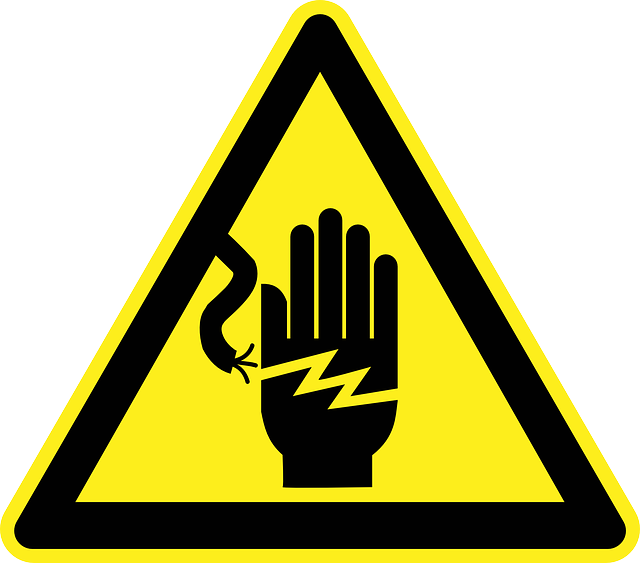If you’ve ever watched an electrician at work, you may have noticed that they often keep one hand in their pocket.
This safety practice may seem odd at first, but it serves an important purpose: to reduce the risk of electrical shock.
Electricians work with electricity every day, and the potential for electrical accidents and injuries is high.

According to the Occupational Safety and Health Administration (OSHA), electrocution is one of the “fatal four” causes of death in the construction industry.
In fact, in 2019, there were 166 electrocutions in the workplace, with the construction industry being the most affected.
To minimize the risk of electrical shock, electricians use a variety of safety practices, including wearing protective gear, using insulated tools, and turning off power before working on a circuit. One of the most important safety practices is keeping one hand in their pocket while working.
By keeping one hand in their pocket, electricians can prevent completing a circuit with their body if they accidentally come in contact with an energized conductor or wire.
If electricity were to flow through their body, it would enter through one hand, travel through their torso, and exit through the other hand, potentially causing serious injury or even death.
It’s important to note that keeping one hand in their pocket is not the only safety practice that electricians use. They also follow a variety of other safety procedures to ensure that they work as safely as possible.
Conclusion
Electricians keep one hand in their pocket as a safety precaution to reduce the risk of electrical shock. By doing so, they limit the chance of completing a circuit with their body if they accidentally come in contact with an energized conductor or wire. While this safety practice may seem small, it is an important part of the overall safety procedures that electricians use to protect themselves and others while working with electricity.

